Powering the Future
Electricity plays a fundamental role in the global journey to decarbonisation and a carbon neutral future. We have made great progress, but to maintain the momentum towards net zero, we need to act fast to provide the best possible solutions to suit our island’s needs.
Consumers are choosing electric transport, choosing to install solar arrays and choosing to replace their gas boiler with electric. The technology is becoming more readily accessible and we, as consumers, more than ever before, want to play our part in the energy transition.
What have The States agreed?
The Committee for the Environment & Infrastructure considered several different ways in which Guernsey could meet its future demand including solar, wind, tidal, additional interconnectors, energy storage and alternative fuels. After careful consideration and with advice from experts from the UK, the Island will look to establish:
-
- Additional interconnection
- On-island renewables in the form of solar PV, and
- Offshore renewables to meet the Island's needs.
It is important to note that the Committee has asked only for a strategic direction to be agreed, which will enable further, detailed, proposals for each element to be brought back to the States in due course. The States is not being asked to agree the implementation of each asset and provide the costs associated with them.
Technologies will continue to evolve over the duration of the Strategy, so it is essential that it supports and enables flexibility in the supply options. For example, should it become unviable to establish an additional interconnector or a local wind component is not developed, then the Strategy would adapt.
-
 From industrial past to renewable futureWe have been operating for over 100 years, moving from local generation of power from coal, and later oil, to investing in cables to connect into the grids in Jersey and France through the Channel Island Electricity Grid.
From industrial past to renewable futureWe have been operating for over 100 years, moving from local generation of power from coal, and later oil, to investing in cables to connect into the grids in Jersey and France through the Channel Island Electricity Grid. -
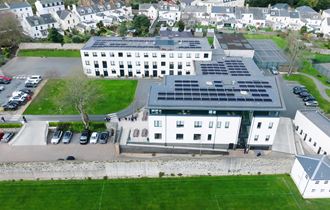 Community SolarWe believe that everyone in Guernsey should be able to use and benefit from renewable electricity. Guernsey Electricity has installed some of the largest solar arrays installed in the Channel Islands.
Community SolarWe believe that everyone in Guernsey should be able to use and benefit from renewable electricity. Guernsey Electricity has installed some of the largest solar arrays installed in the Channel Islands. -
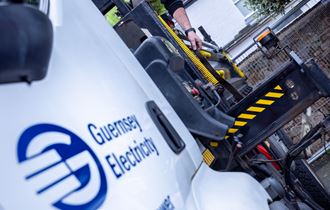 Preparing our NetworkGuernsey’s on-Island power grid is the infrastructure that is key to delivering the low carbon energy future for Guernsey and every customer’s growing electricity needs.
Preparing our NetworkGuernsey’s on-Island power grid is the infrastructure that is key to delivering the low carbon energy future for Guernsey and every customer’s growing electricity needs. -
 Power Life for LessThere are ways to save on electricity, without costs or cutting down on usage, take a look below.
Power Life for LessThere are ways to save on electricity, without costs or cutting down on usage, take a look below.
Our unique island provides unique opportunity, but it also presents unique challenges.
We used to rely on our fossil-fuelled power station for ALL our electricity. Now, the 60MW subsea cable connecting us to Europe is our primary source of electricity.
This has delivered a 37.5% decrease in Guernsey's emissions from 1990 levels. But we still have some way to go before Guernsey is net zero.
Guernsey currently uses between 30MW (megawatts) and 90MW of electricity throughout each day.
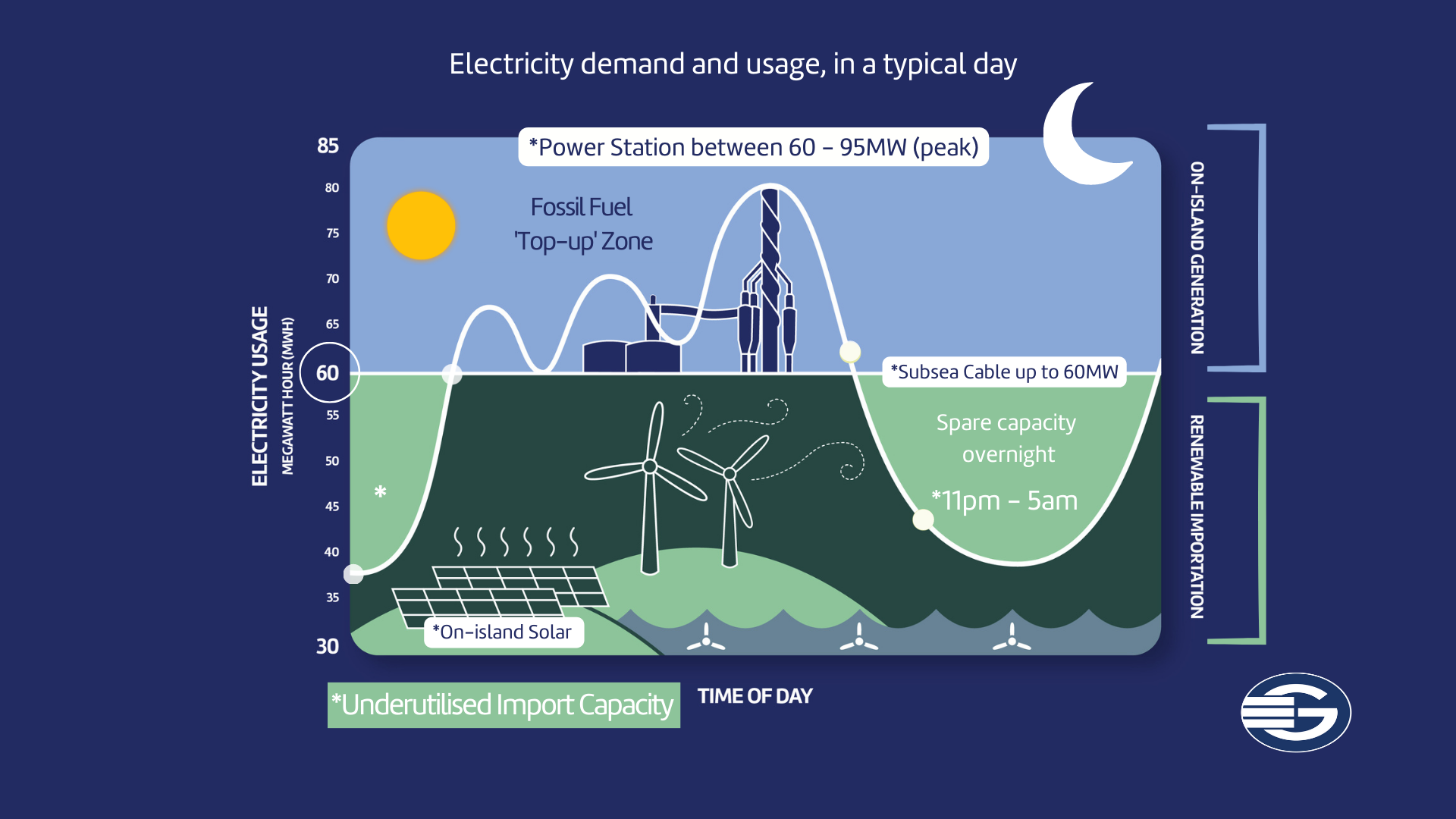
Powering life in off peak* is an easy way to reduce electricity bills and local carbon emissions. We’re encouraging islanders to shift some of their electricity usage to between *11pm and 5am, when demand is lower.
Demand is predicted to increase.
With 'Peak' demand expected to reach around 150MW by 2050, the Electricity Strategy will define how we power businesses, keep the Wi-Fi on and our homes warm in a sustainable way.
Phasing out petrol vehicles and fossil fuel heating, means the phasing in of electric-powered alternatives. At the moment, this would mean using the power station more. So, the question is, how should we meet this demand?
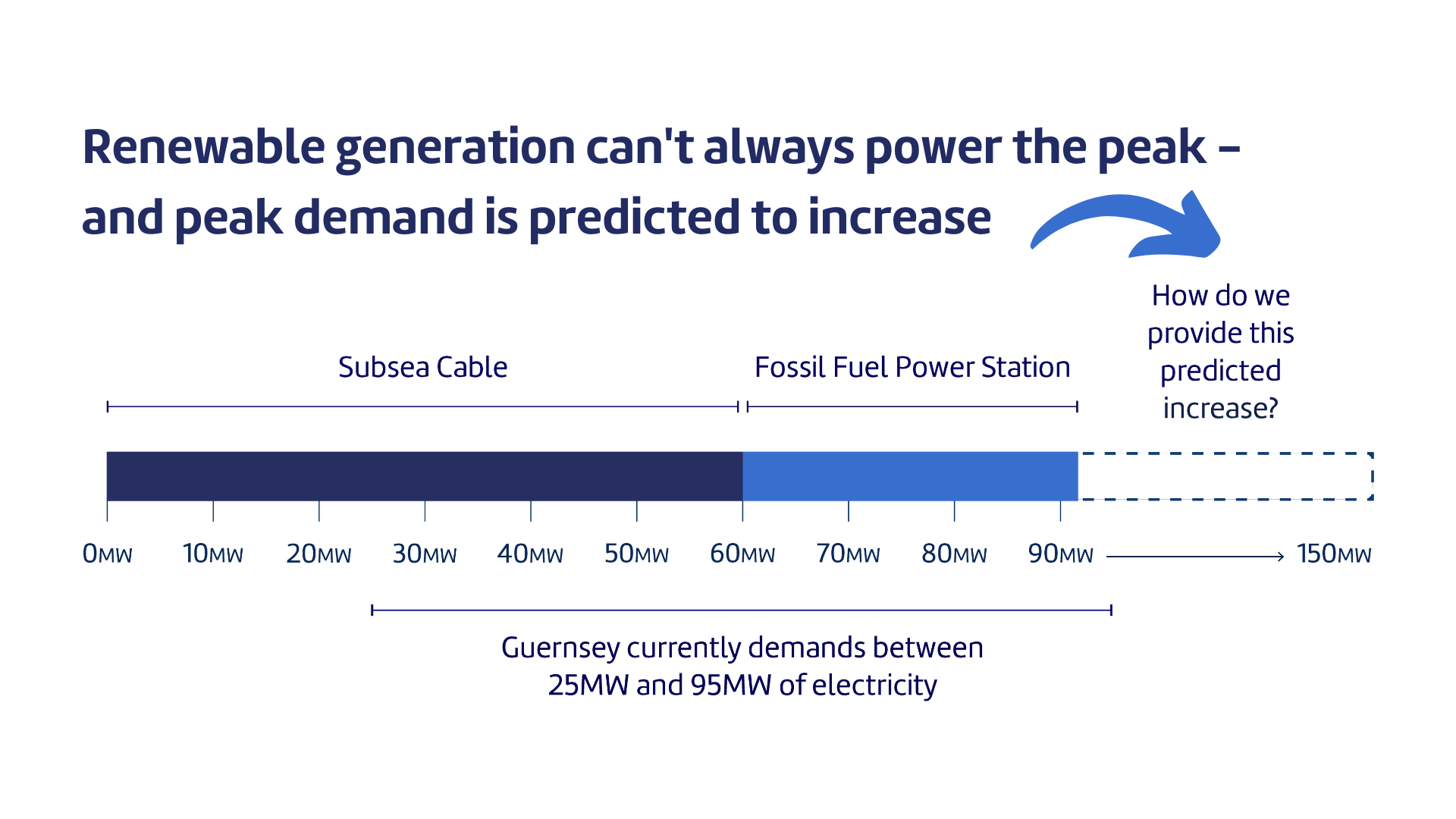
Powering life today and tomorrow
Local renewables alone cannot provide the electricity we need today, let alone in the future. Using a mix of sources will offer reliability and security. This isn't a choice between subsea cable or local renewables.
The import cable alone does not meet the islands electricity needs when energy demand is at its greatest. The GJ1 cable can provide 100% of Guernsey’s energy needs in summer and around 75% in winter, so the power station is still required as both a top-up for the winter peak periods and as a back-up when the GJ1 interconnector requires to be switched off for maintenance.
Guernsey Electricity’s long-term strategy is for an energy system that supports renewables and reduces the reliance on fossil fuels to use the power station for emergency generation only.
This second cable would mean that the power station will no longer need to ‘top-up’ supplies and will act purely as a ‘back-up’ for emergencies.
This is becoming commercially viable, but at the moment it is not affordable for the island. The potential for exploiting Guernsey’s tidal range was investigated at Cobo Bay, Havelet Bay, Victoria and Beaucette marinas but the outputs and generation were initially too small to justify further investigation.
Generally, our systems are set to automatically turn the lighting on and off to coincide with dusk and dawn, especially in busy areas such as St Peter Port and main road junctions, however we manually adjust the timings proactively depending on the daylight conditions outside.
Over 80% of our streetlights are now LED or use energy efficient bulbs. Where safe to do so, lamps are turned off at midnight or 1am in the less populated areas around the island to save energy.
-
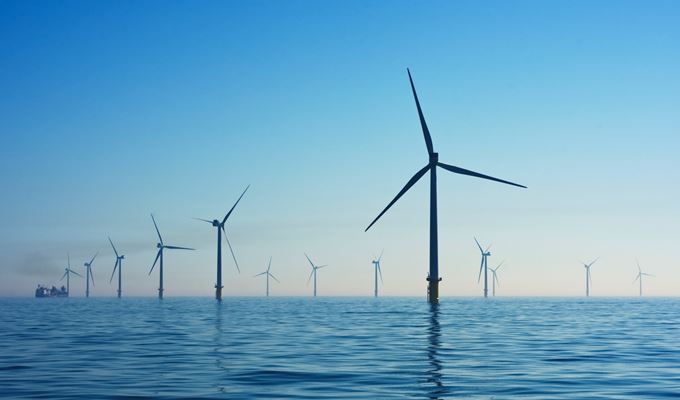 Energy Sources
Energy SourcesWhat is a GoO, anyway?
Buying renewable energy certificates for the energy we import doesn’t necessarily mean we are getting renewables through the cable.
‘Guarantee of Origin’ certificates (GoO’s) are the current market mechanism for driving investment in renewables. We are using our market power to drive investment to the right places. By increasing the demand for renewable and sustainable electricity, we reduce the investment into fossil fuels. The more communities that make this same choice, creating more demand for energy from sustainable energy sources, the more generators will invest in these technologies.
-
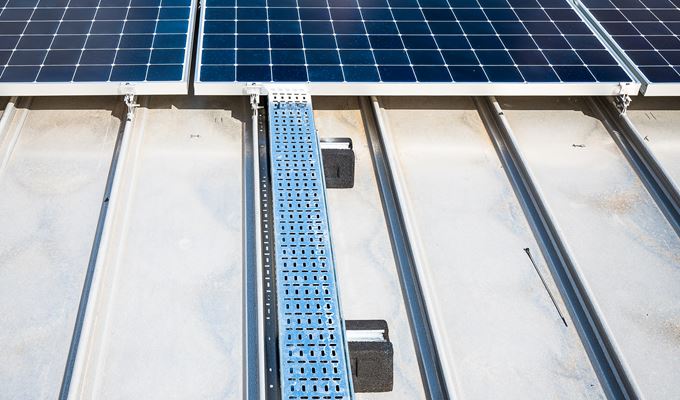 Storing Energy
Storing EnergyUsing batteries to store energy
Batteries can store energy for when the sun isn’t shining or supply exceeds demand.
The scale required to give security of supply for our Island is large and costly. For example, in the Winter, it would take around 10 days to recharge the batteries using solar and these would only provide enough electricity for 24 hours.






